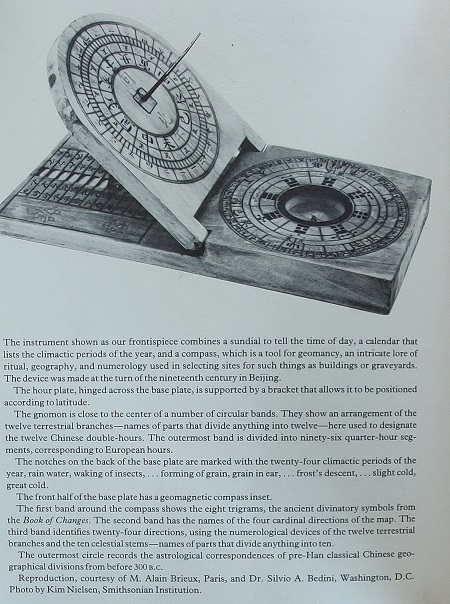One of the hottest topics going on in the research of magic squares are water retention magic squares. Developed by Dr. Craig Knecht, these squares are analyzed from the perspective that a larger integer corresponds to a taller height than a smaller integer. In this way, smaller integers can be surrounded by larger ones creating what are called ponds.
According to Dr. Knecht, magic squares in the Luo Shu format produce the maximum number of ponds. The blue cells identify ponds. The drainage path for the cell in green is long, eventually spilling off the square at the yellow spillway cell.
Here is the link for the Wiki page describing water retention magic squares. And here is another link to Harvey Heinz's fine web site on magic squares. On this web page, posted in 2008, the water retention square is referred to as the "topographical" magic square. Harvey is no longer with us but his memories live on through his love for magic squares.
According to Dr. Knecht, magic squares in the Luo Shu format produce the maximum number of ponds. The blue cells identify ponds. The drainage path for the cell in green is long, eventually spilling off the square at the yellow spillway cell.
Here is the link for the Wiki page describing water retention magic squares. And here is another link to Harvey Heinz's fine web site on magic squares. On this web page, posted in 2008, the water retention square is referred to as the "topographical" magic square. Harvey is no longer with us but his memories live on through his love for magic squares.












